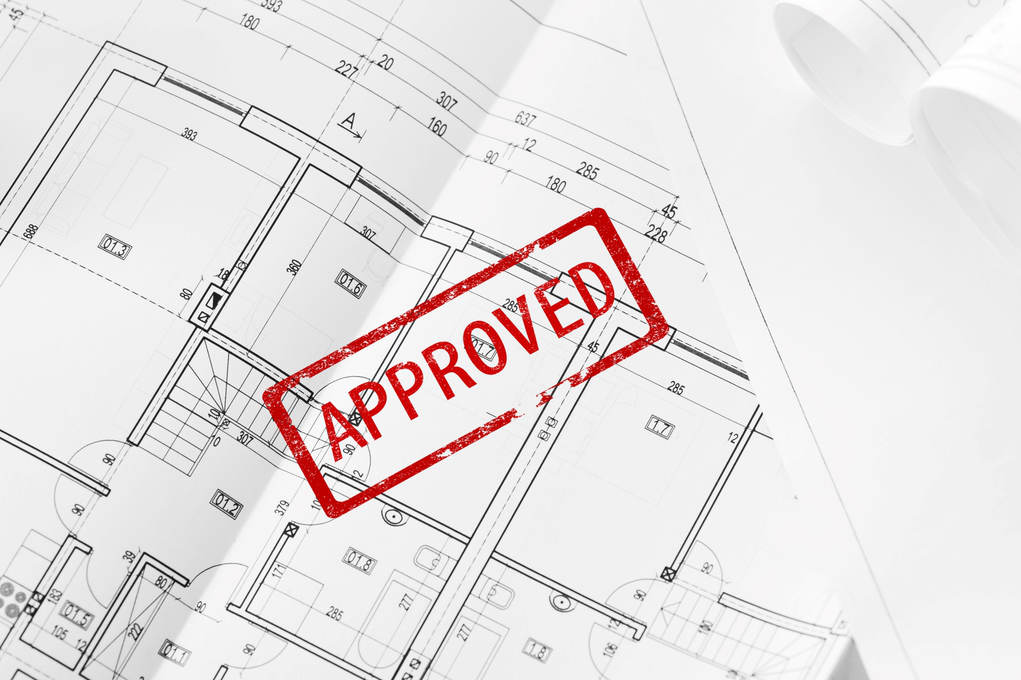
10 Eco Checks Before Submitting Your Planning Application
Share
When planning a new development, it's essential to consider the environmental impact. Incorporating eco-friendly features can not only benefit the planet but also enhance the value and appeal of your project. Here are ten essential eco-checks to make before submitting your planning application:
-
Energy Efficiency:
- Insulation: Ensure adequate insulation to minimize heat loss and reduce energy consumption.
- Renewable Energy: Explore options like solar panels or wind turbines to generate clean energy on-site.
- Energy-Efficient Appliances: Choose appliances with high energy efficiency ratings.
-
Water Conservation:
- Rainwater Harvesting: Collect rainwater for use in gardens, toilets, or washing machines.
- Water-Efficient Fixtures: Install low-flow taps, showers, and toilets to reduce water consumption.
- Graywater Recycling: Consider recycling wastewater for non-potable uses like irrigation.
-
Sustainable Materials:
- Recycled Materials: Use recycled materials whenever possible, such as recycled steel, timber, or bricks.
- Locally Sourced Materials: Prioritize materials sourced from local suppliers to reduce transportation emissions.
- Low-VOC Paints and Coatings: Choose paints and coatings with low volatile organic compound (VOC) emissions.
-
Biodiversity:
- Habitat Creation: Incorporate features like green roofs, wildlife gardens, or ponds to support biodiversity.
- Native Plants: Use native plants that are adapted to the local climate and provide food and shelter for wildlife.
- Avoid Protected Species: Conduct surveys to identify protected species and avoid disturbing their habitats.
-
Waste Management:
- Recycling and Composting: Implement efficient recycling and composting systems to reduce waste.
- Waste Reduction: Minimize waste generation through careful planning and design.
- Waste Management Plans: Develop comprehensive waste management plans for construction and operation phases.
-
Pollution Control:
- Air Quality: Consider air quality management measures, such as using low-emission vehicles and planting trees.
- Water Pollution: Prevent water pollution by implementing proper drainage systems and avoiding harmful runoff.
- Noise Pollution: Reduce noise pollution through careful design and the use of noise-absorbing materials.
-
Climate Change Adaptation:
- Resilient Design: Consider the impacts of climate change, such as flooding or heatwaves, and design accordingly.
- Green Infrastructure: Incorporate green infrastructure features, like green roofs and rain gardens, to manage stormwater and reduce urban heat island effect.
- Climate Change Mitigation: Contribute to climate change mitigation by reducing greenhouse gas emissions.
-
Accessibility:
- Inclusive Design: Ensure the development is accessible to people with disabilities, following relevant building regulations.
- Universal Design: Consider universal design principles to create spaces that are usable by everyone.
-
Community Engagement:
- Consultation: Involve the local community in the planning process through public consultations and feedback.
- Community Benefits: Consider providing benefits to the community, such as affordable housing, public amenities, or green spaces.
-
Building Regulations and Standards:
- Compliance: Ensure compliance with all relevant building regulations and standards, including those related to sustainability and environmental protection.
- Certification: Consider seeking environmental certifications, such as BREEAM or LEED, to demonstrate your commitment to sustainability.
By addressing these eco-checks, you can create a more sustainable and environmentally friendly development that will not only benefit the planet but also enhance the quality of life for future residents and the community.
